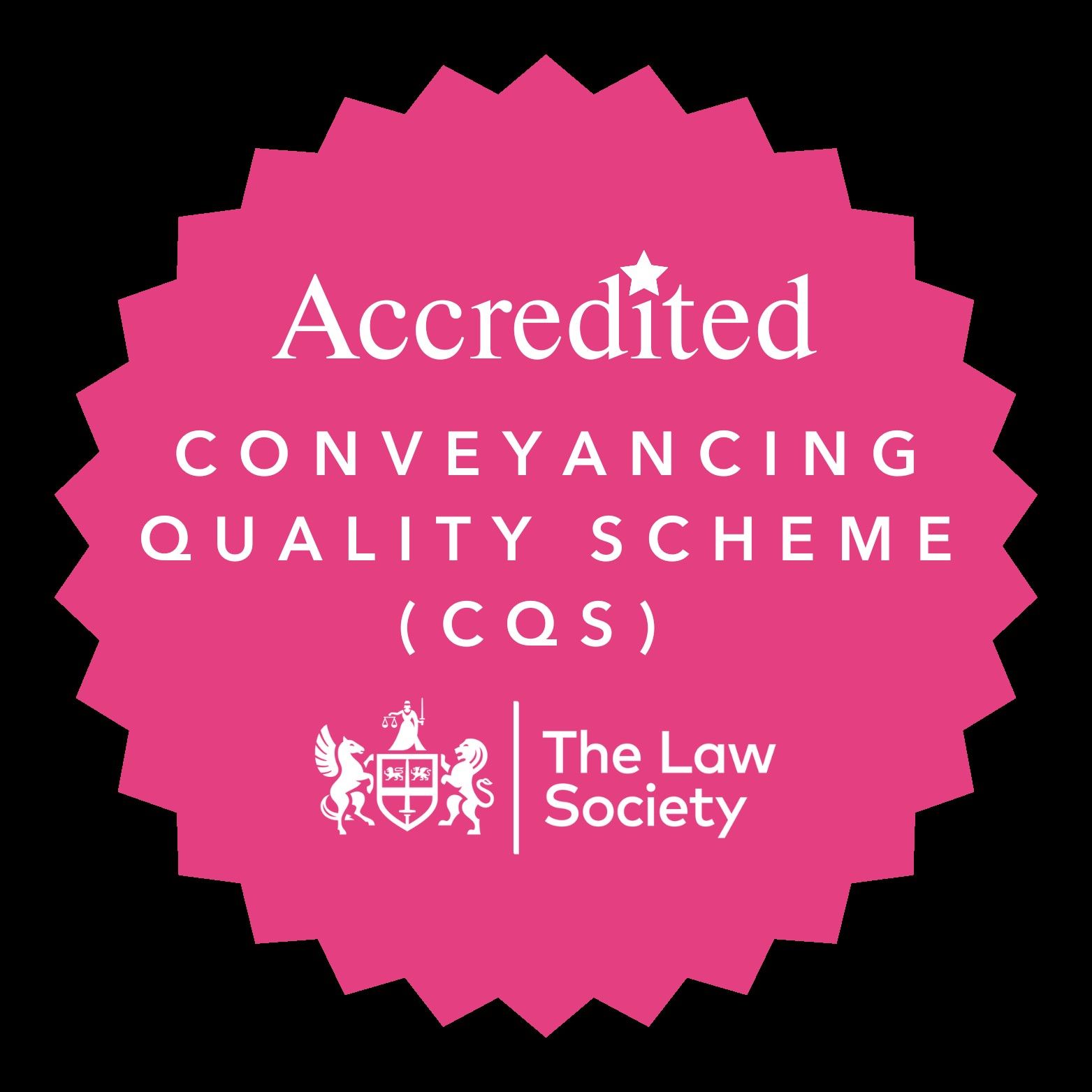OUR OFFERING
ARTICLES
Staircasing with a Shared Ownership Lease!
Aug 2024
By Sebastian Paulo, Director & Head of Staircasing
As seen in the Aug/Sept 2024 edition of the First Time Buyer Magazine
Staircasing is a process of buying further shares in your property. It is a fundamental feature and purpose of Shared Ownership, with the majority of Shared Ownership leases allowing leaseholders to Staircase to 100%.
What is the process?
Staircasing involves you serving notice on your landlord, showing them your intention to staircase.
A financial assessment will need to be done prior to you proceeding, as this will help you come to a decision on whether Staircasing is financially viable for you, if yes, what share will be affordable?
While going through your financial assessment, you may already have an idea of the approximate value of the property and the share you want to buy, so it is important that you discuss your options with a specialist Shared Ownership Broker.
An updated valuation will also be required, as the price of your additional share is based on the share percentage of the market value at that time. As each Staircasing transaction involves a valuation and legal fees, it is advisable that your maximum affordable share is purchased each time.
However, other considerations must be had while deciding the share, which include current property price and future expectation of the market. Therefore, the timing and share being purchased is more of a personal decision for you.
What is the gain?
The concept of the shared ownership lease is that the leaseholders own a share (for example 25%) and rent the remaining share (for example 75%). The first and foremost purpose of staircasing is to reduce the rent element.
By way of an example, if a leaseholder owns 50% and chose to staircase a further 25% thus making their total share from 50% to 75%, rent will be reduced by 25%. It important to note that valuation being carried out for the staircasing has no bearing on rent calculation. The rent has been calculated at the time of first purchase and must have been revised as per the lease on the 1st of April every year.
Another important point is that Staircasing in effect provides an opportunity to increase the leaseholder’s share in the lease, thus in the property market too. The leaseholders have the unique opportunity of deciding when to increase their share.
Stamp Duty:
The current stamp duty rules around Staircasing are that stamp duty is payable for a staircasing transaction, only if the transaction makes your total share above 80%, and on any staircasing thereafter. However, no stamp duty is payable if the leaseholder has paid stamp duty on the full market value for 100% at the time of the initial purchase.
Stamp duty calculations in the purchase of shared ownership leases and staircasing are complex, but it is worth considering if you can save any stamp duty while staircasing, if you haven’t paid stamp duty on full market value (i.e., 100% share) at the time of your original purchase.
In Conclusion -
Staircasing, and finally owning 100%, is a logical conclusion of owning a shared ownership property, subject to who wants to and can, but it is a choice only the leaseholder can make. However, it is important to note that leases can vary, and the process can be complex, this is why it is always advised to instruct a solicitor that is knowledgeable in Shared Ownership, particularly in Staircasing.
Owen Paulo specifically specialises in Resales and Staircasing and are happy to advise on the above. Please email enquiries@owenpaulo.co.uk or call us on 0808 196 7020 to obtain a quote, or advice.
Alternatively click on
'Get a Quote' at the top of the page.


